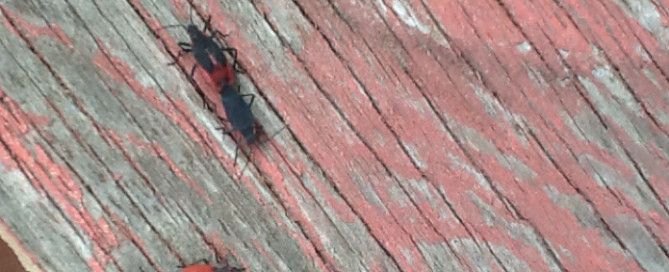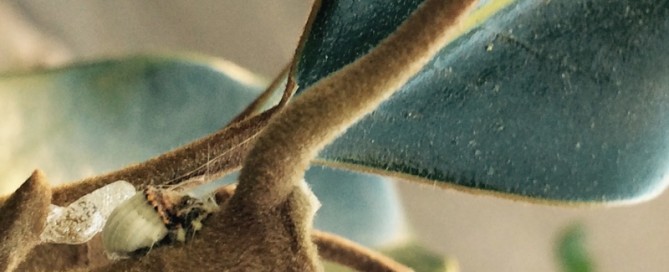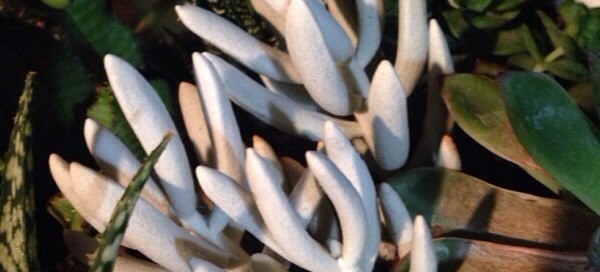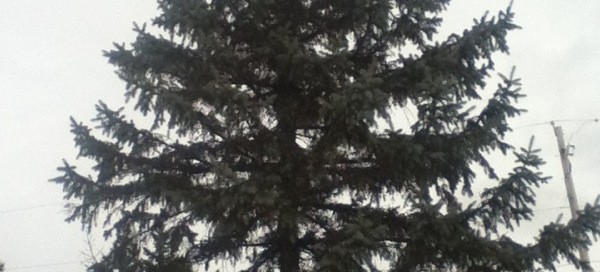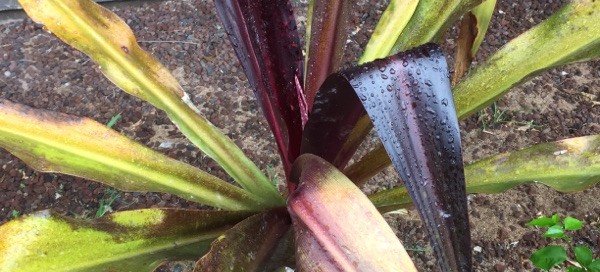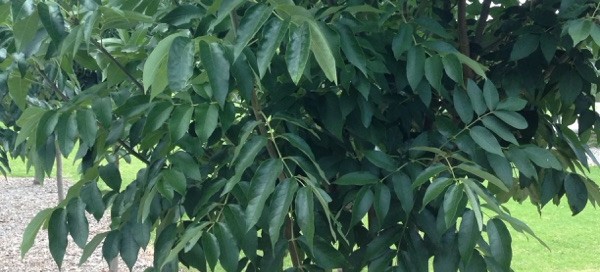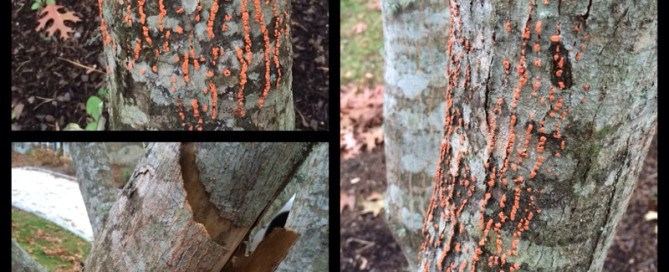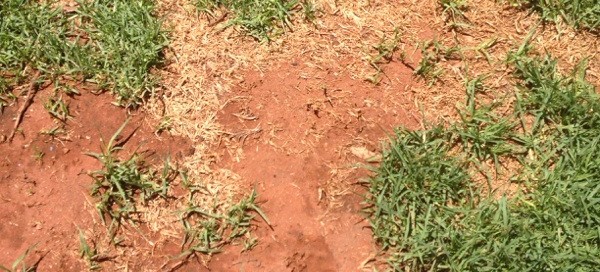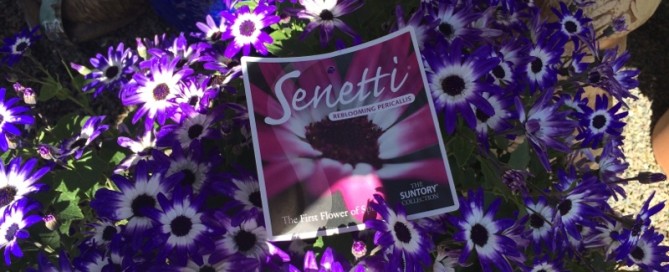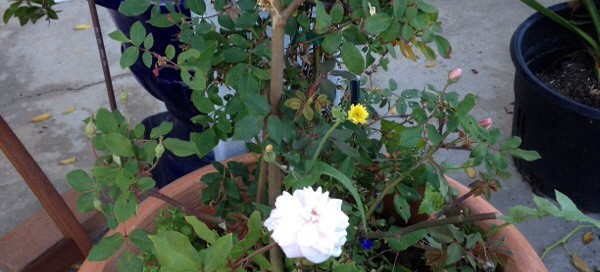Jadera Bug
This true bug does not sting, does not do damage. Instead, it is just a nuisance due to their shear numbers; which could easily be in the thousands.
Another problem with the insect is that they can leave a red stain behind when squashed. The good news about this insect, they do not nest inside. While you may find an occasional straggler indoors they rather live outside.
Their favorite food of choice is the Golden Rain tree seed. These insects generally are found nesting against the structure or up against the trunk of trees.
The best control method for the Jadera Bug is the removal of their food source, the Golden Rain tree. While their numbers can be reduced with a topical insecticide, control will not be obtained as long as the food source remains.
